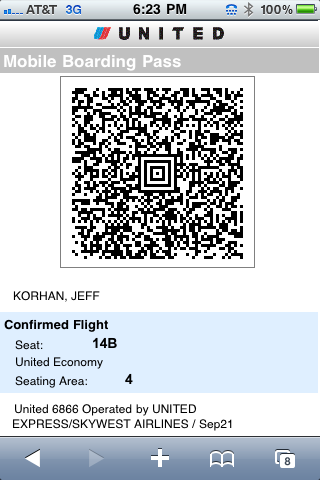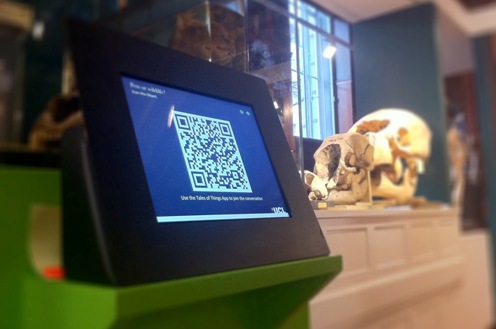When we notice something in the real world that we’d like more information about, it’s no longer necessary to make a mental note to look it up later on Google. We can simply point our smartphone at the object and obtain the desired effect without typing or speaking. The Quick Response (QR) code is said to offer the quickest and easiest link between curiosity and information retrieval and its value is recognised by businesses and consumers alike.
How do they work?
If you’re not yet familiar with Quick Response codes, they’re akin to the ubiquitous barcodes used by retailers to track inventory and price products at the point of sale. The key difference is that QR codes store a much larger amount of data, including URL links, geographic coordinates and text. While still considered a novelty in many places, QR codes have been actively used for over a decade in Japan where they were invented.

When users scan or read a QR code with their iPhone, Android or other camera-enabled Smartphone, they can link to digital content on the web; activate a number of phone functions including email, IM and SMS; and connect their mobile device to a web browser.
Where are they being used?
QR codes are becoming more prevalent in marketing circles and have been integrated into both traditional and interactive campaigns across the globe. Media where QR codes have been deployed include: billboard ads (see a recent Calvin Klein campaign), websites, email marketing, business cards, print ads, guerilla marketing campaigns, event ticketing and tracking, in-store displays, trade-show management, contests, direct mail campaigns and couponing just to name a few. See more novel uses of QR codes below:
- United Airlines – Many of the major airlines are now using 2D codes as digital boarding passes. By the end of 2011, it has been reported that all carriers will be required to provide this service for international flights.

- Geo-based reviews and tours – A pilot program between CitySearch and Antenna Audio began in Spring 2008. Reviews and audio snippets were embedded into codes on San Francisco historical landmarks and restaurants. Foodies and tourists enjoyed self-guided tours of the Bay.
- Ralph Lauren interactive windows – These allow users to purchase items when the shops are closed. Consumers pass by, see something they like, scan the QR code by a particular product and are instantly taken to the relevant product on their site. This uses two trends perfectly : QR codes and mobile commerce.
The future
What’s most exciting is how QR codes take what social media is doing well now (bringing people together with technology) and extend it to enhance that experience. The next generation of barcodes will hold even more information – so much that an Internet connection will not even be necessary. The content will be effectively embedded in the code. Imagine scanning a digital code to manifest physical reality?
Try it for yourself!
- Download a QR reader from your handset’s app store.
- Hold your smartphone over the code shown below.
- You will then be forwarded to the BMJ blog homepage!

 more…
more…




